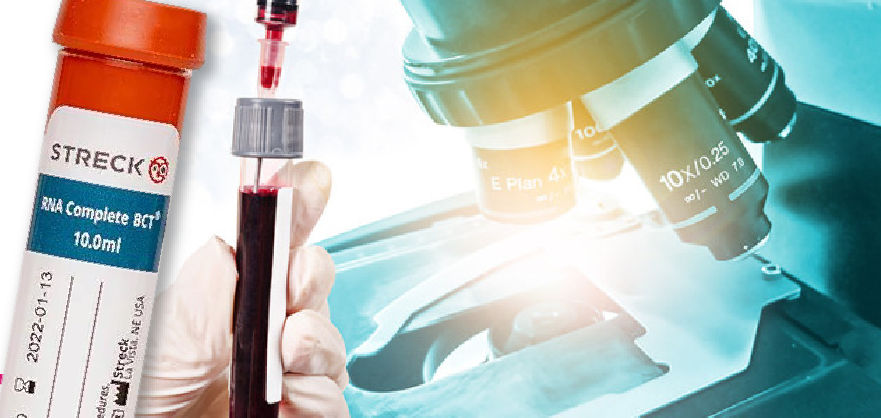On the basis of biologic factors and an improved understanding of the molecular development of the neural crest cells that give rise to neuroblastoma, neuroblastic tumors have been categorized into the following three biological types:
- Type 1:Characterized by gains and losses of whole chromosomes. It expresses the TrkA neurotrophin receptor, is hyperdiploid, and tends to spontaneously regress.
- Type 2A:Characterized by copy number alterations in portions of chromosomes. Type 2A expresses the TrkB neurotrophin receptor and its ligand, has gained an additional copy of chromosome 17q, has loss of heterozygosity of 14q or 11q, and is genomically unstable.
- Type 2B:Generally has the MYCN gene amplified and has a gain of chromosome 17q, loss of chromosome 1p, and expression of the TrkB neurotrophin receptor and its ligand.
These specific genetic changes may be combined with traditional clinical factors such as patient age and tumor stage to refine neuroblastoma risk classes.
Children whose tumors have lost a copy of 11q are older at diagnosis, and their tumors contain more segmental chromosome changes in gene copy number compared with children whose tumors show MYCN amplification.
Molecular features
Approximately 6% to 10% of sporadic neuroblastomas carry somatic ALK-activating mutations, and an additional 3% to 4% have a high frequency of ALK gene amplification. The mutations result in constitutive phosphorylation of ALK, leading to dysregulation of cell signaling and uncontrolled proliferation of the ALK-mutant neuroblasts. Thus, inhibition of ALK kinase is a potential target for treatment of neuroblastoma, especially in children whose tumors harbor an ALK mutation or ALK gene amplification.
Although most neuroblastoma tumors are initially sensitive to chemotherapy, many relapse in local and/or metastatic sites. Modern genetic analysis, including deep whole-genome sequencing of primary and relapsed neuroblastomas from the same patients, revealed many new mutations and complex clonal evolution of pre-existing minor subclones. The most common new mutations found were in the RAS-MAPK pathway.
Prognostic Factors
Biological subtype: These biological types are not used to determine treatment at this time; however, type 1 has a very favorable prognosis, while types 2A and 2B have poor prognoses.
MYCN amplification: MYCN amplification (defined as greater than 10 copies per diploid genome) is detected in 16% to 25% of tumors.[88] In stage 2, 3, 4, and 4S patients, amplification of the MYCN gene strongly predicts a poorer prognosis in both time to tumor progression and OS in almost all multivariate regression analyses of prognostic factors. Amplification of the MYCN gene is associated not only with deletion of chromosome 1p, but also gain of the long arm of chromosome 17 (17q), the latter of which independently predicts a poor prognosis.
Segmental chromosome changes: Segmental chromosome number changes predict recurrence in infants with localized unresectable or metastatic neuroblastoma without MYCN gene amplification. Among all patients with neuroblastoma, a higher number of chromosome breakpoints correlated with advanced age at diagnosis, advanced stage of disease, higher risk of relapse, and a poorer outcome, whether or not MYCN amplification was considered.
Whole chromosome changes: Whole chromosome copy number changes do not predict recurrence and are associated with hyperdiploidy.
ALK mutations: Anaplastic lymphoma kinase (ALK) is a cell surface receptor tyrosine kinase, expressed at significant levels only in developing embryonic and neonatal brain. Germline mutations in ALK have been identified as the major cause of hereditary neuroblastoma. Somatically acquired ALK-activating mutations are also found as oncogenic drivers in neuroblastoma. ALK mutations are observed in 8% of neuroblastoma patients and correlate with significantly poorer survival in high-risk and intermediate-risk neuroblastoma. ALK mutations occur at the highest frequency (11%) in patients older than 10 years. Within the high-, low-, and intermediate-risk groups of neuroblastoma, the frequency of ALK aberrations is 14%, 8% and 6%, respectively. Small molecule ALK kinase inhibitors such as crizotinib are being developed and tested in patients with recurrent and refractory neuroblastoma.
Spontaneous Regression of Neuroblastoma
The phenomenon of spontaneous regression has been well described in infants with neuroblastoma, especially in infants with the 4S pattern of metastatic spread.
Spontaneous regression generally occurs only in tumors with the following features:
- Near triploid number of chromosomes.
- No MYCN amplification.
- No loss of chromosome 1p.


